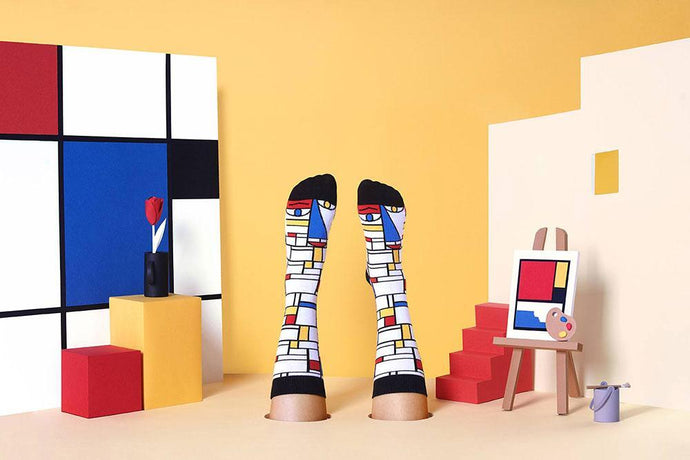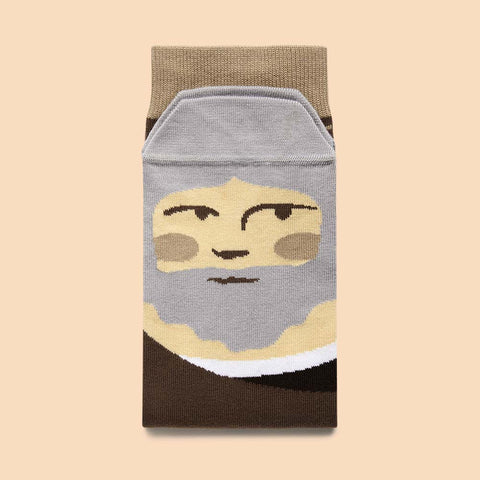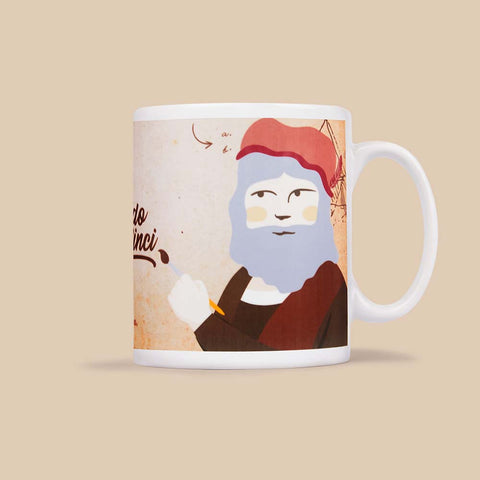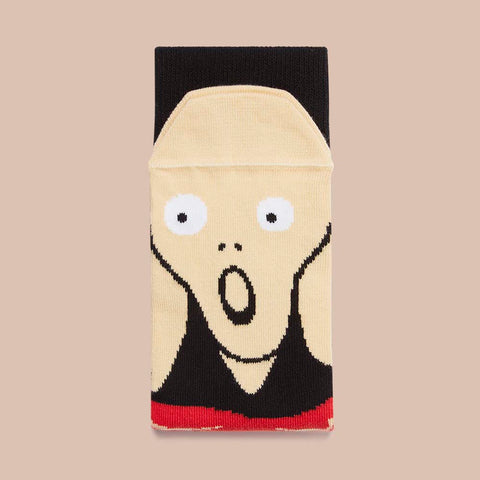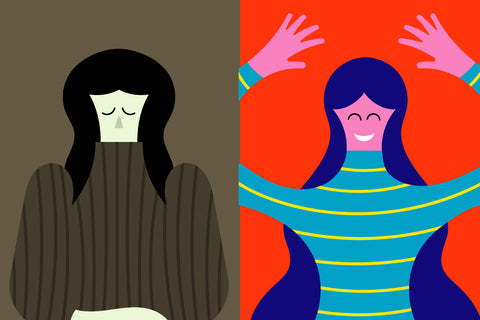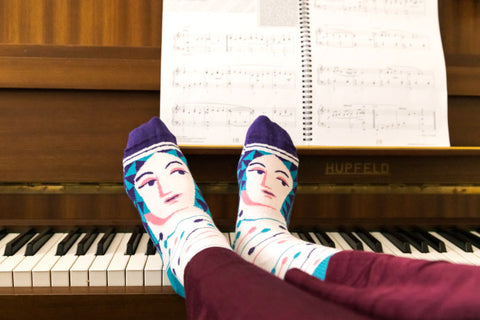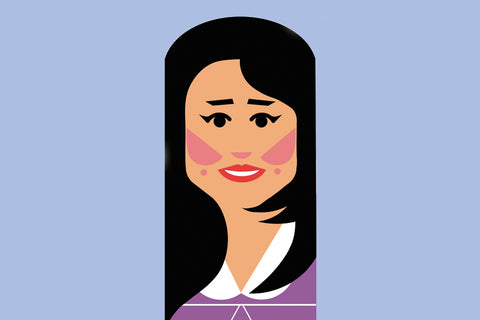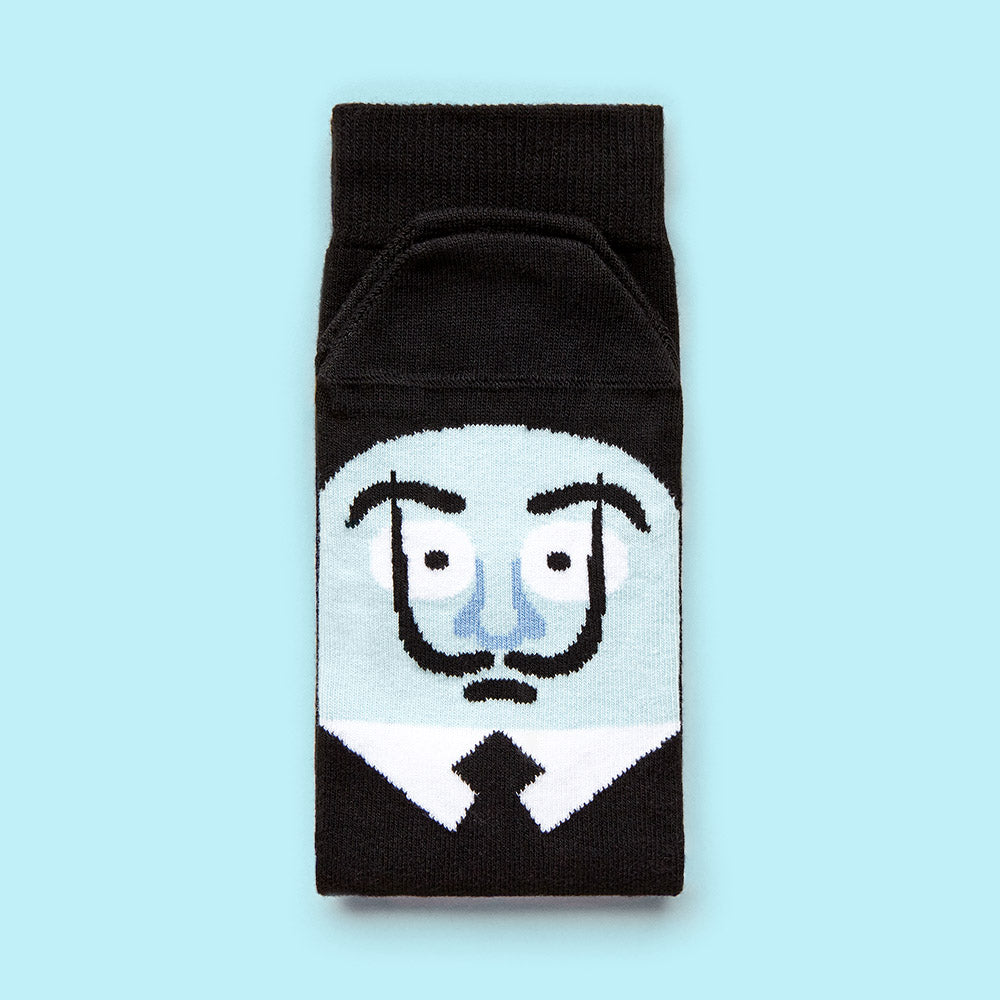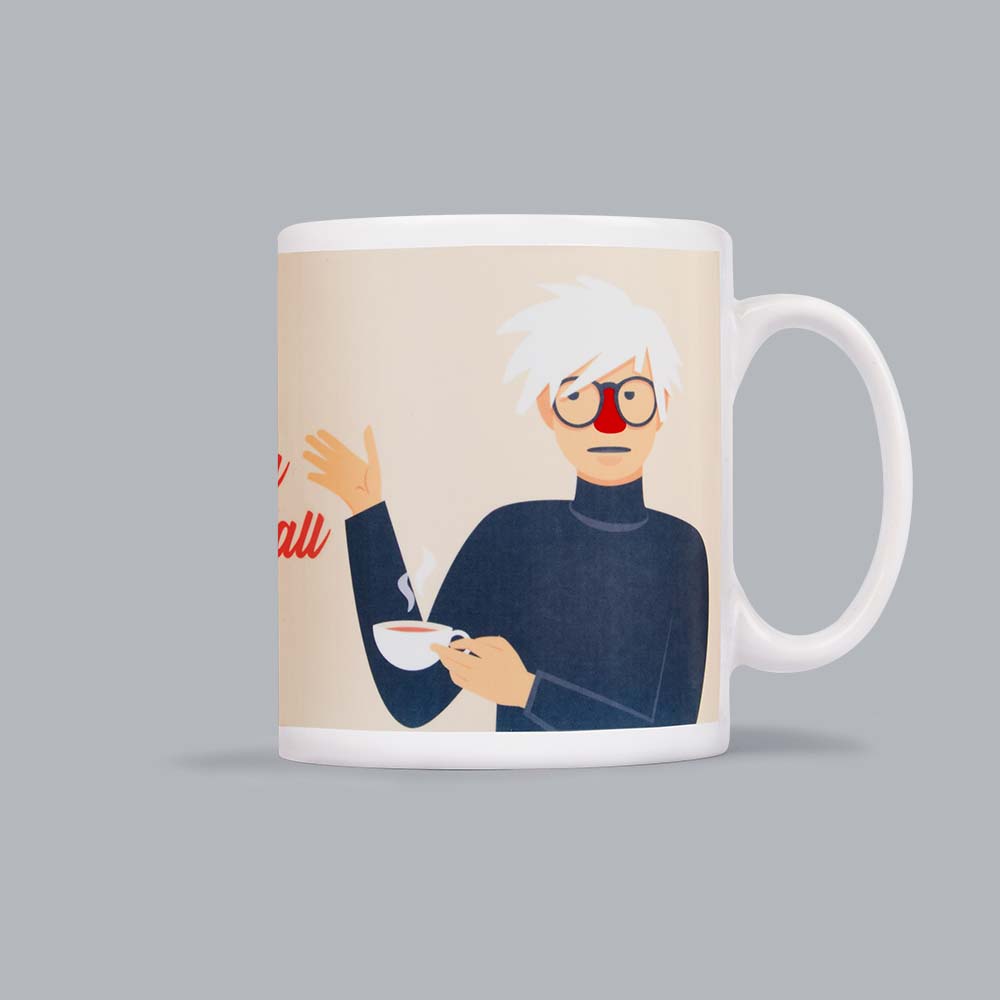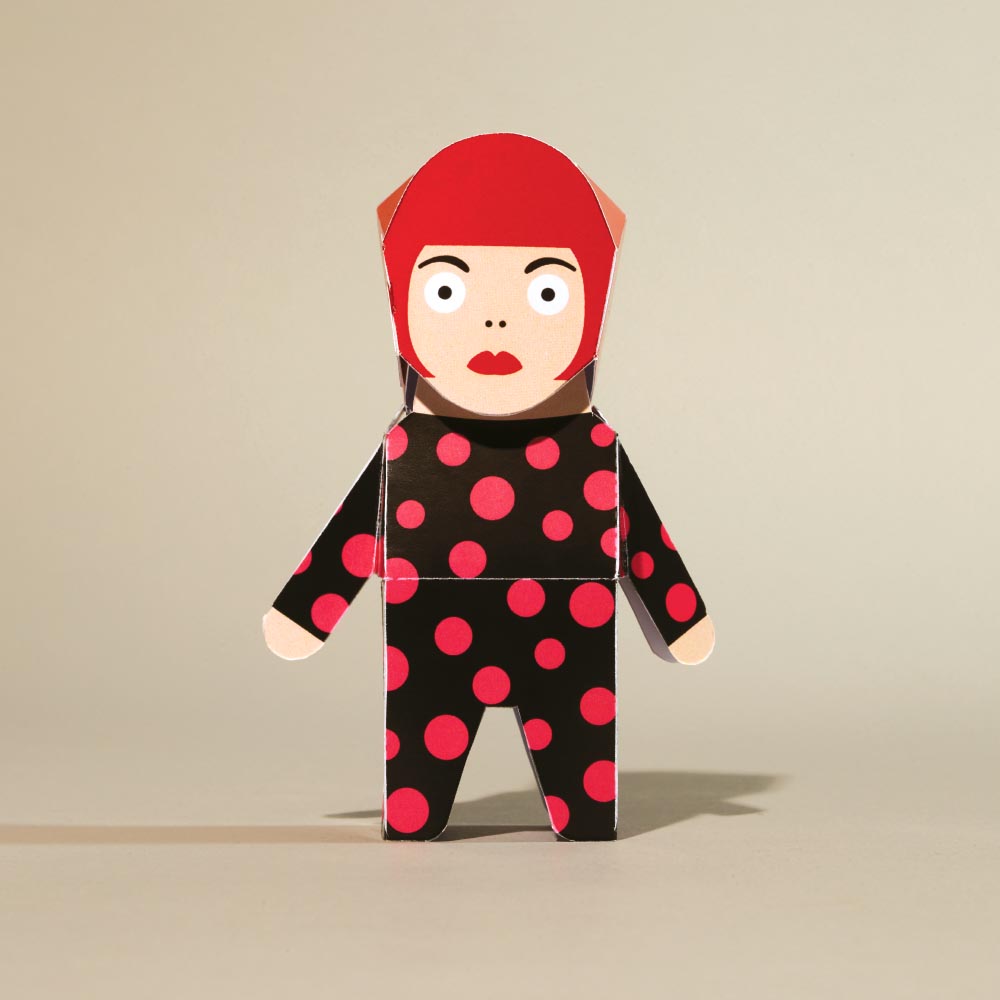Whether it’s Henry the vacuum, Herbie the VW Beetle or a pair of Leonardo Toe Vinci socks, we just adore seeing friendly faces on things we own and use. The human brain can recognise over 5000 familiar faces, so it’s no surprise that we may find familiar faces in objects too.
Sometimes we may even see faces when they aren’t meant to be there, like a baby elephant in the clouds or Elvis grinning at us from the flowery wallpaper on our auntie’s wall. This happens because our brain is trying to match an object to the existing collection of faces stored in our memory. A bit like a game of snap.
Pattern recognition is vital for reading, writing, listening to music and, most importantly, recognising faces.
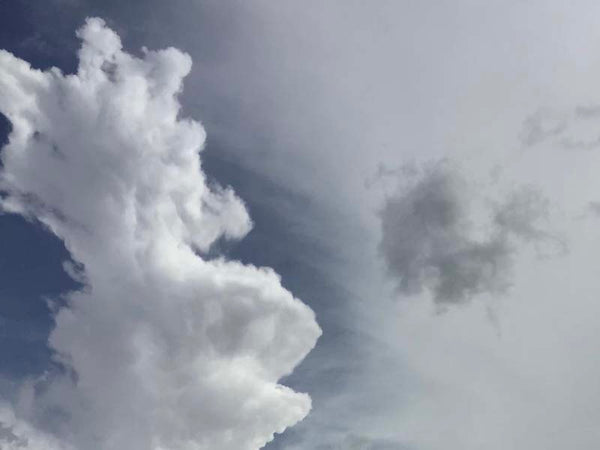
It’s something designers use as a clever tool to help us relate to their creations. The human face has a myriad of looks that designers can draw on and they love to use these to attract the right audience.
In car design, one vehicle may have angry features: narrow headlights, mean grills and an angular badge, this makes it appealing to people who love speed. Then other vehicles have gentler, rounder features to attract a more careful driver. We love this car below, what does its’ face say to you?

Happy faces can help newcomers to technology make sense of it. Apple designer Susan Kane was given “permission to be friendly” when creating the happy Mac icon in the 1980s, and found it “so pleasurable”. The happy Mac revolutionised our attitude to computers, allowing it to appear fun and accessible.
![]()
The Henry range turned cleaning on its head (literally), giving vacuum cleaners personalities added joy into the task of cleaning. It started in 1980, at a trade fair when a team member sketched faces on some models, just to pass time. Since then, it's estimated that more than 10 million smiling vacuum cleaners were sold.

The pattern of the face has even become a universal language all of it’s own, emoticons are now used worldwide to express things that cannot be conveyed so quickly in words and they also help to iron out any potential misunderstandings language can create. Don't overuse them though! 😄
![]()
Humans like it when objects look and behave like humans... It makes us feel more comfortable. The next time you start seeing faces on products or in the clouds you'll be in the know about why it happens. If you want to see more examples, check out this Instagram account or even treat yourself to a pair of ChattyFeet socks.
ChattyFeet brings fun into your day with illustrated sock characters inspired by artists, scientists, authors and more. There are more than 50 characters to choose from and it's the perfect humorous gift for friends. See the collection of funky socks for men.

